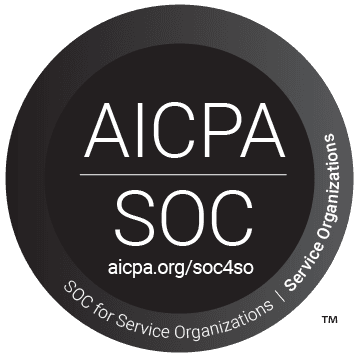Article
The Ultimate Guide To Public Jira Roadmaps
Jens Schumacher
Sep 2, 2024
•
6
minutes read
Article
Public Jira roadmap basics
Public Jira Roadmaps provide a transparent way to communicate your project’s progress and future plans. Allowing stakeholders and customers to see what features and improvements are in the pipeline.
There are three main ways to create a roadmap in Jira:
Using Released Roadmaps: Shareable cross-project roadmaps in Jira that can be published to a portal or embedded in your app or website.
Using Jira Product Discovery: Shareable links of Jira Product Discovery views. Only works with Jira Product Discovery.
Export a .png file: Captures a snapshot of the roadmap as an image file.
Released Roadmaps are the most flexible solution available today. We’ll use Released as an example to show you how to create public roadmaps with Jira further down in this article.
How to make a bad public Jira roadmap
When creating a public roadmap, think of it as telling a story. Bad stories confuse the audience or provide too much irrelevant detail. Here’s how you can avoid common pitfalls:
Too Much Detail
A roadmap cluttered with every Epic, Story and Task is overwhelming. Stick to major features and improvements. You can always provide more detail in a separate document or private roadmap.
Lack of Clarity
A roadmap that’s hard to understand doesn’t serve its purpose. Avoid jargon and ensure your titles and descriptions are clear. Your audience should get the gist at a glance.
Inconsistent Updates
An inconsistent or outdated roadmap is worse than no roadmap at all. Stakeholders rely on the roadmap to make decisions, and an outdated roadmap provides misleading information. Regularly update your roadmap to reflect the current state of the project.
How to make a good public Jira roadmap
Follow these tips to create a clear and engaging public roadmap:
Define Your Audience
Is your roadmap for customers, internal stakeholders, or the general public? Tailor the content and level of detail accordingly. Customers might need high-level milestones, while internal teams might appreciate more granularity.
Craft a Clear Story
Begin with a clear starting point, outline key milestones, and show the path to completion. Use fields like target date, product area or flags to highlight important deliverables. Make sure the progression is logical and easy to follow.
Articulate Priorities and Goals
Good roadmaps clearly articulate priorities. They explain the "why" behind these priorities and shy away from the nitty-gritty details to focus on the big picture. They are not lists of tasks but representations of outcomes and goals. Laying out goals helps remind everyone why the priorities are the way they are, steering the conversation towards these objectives rather than specific deadlines.
Ensure Regular Updates
An outdated roadmap is worse than no roadmap. Set up regular updates so your roadmap always reflects the current state of the project.
Different roadmaps for different stakeholders
One size doesn't fit all when it comes to roadmaps. Different stakeholder groups have different needs and questions. To address this, create multiple roadmaps tailored to each group. Released was designed to let you do just that by creating different views that slice and dice the data so it’s relevant to each of your stakeholder groups.
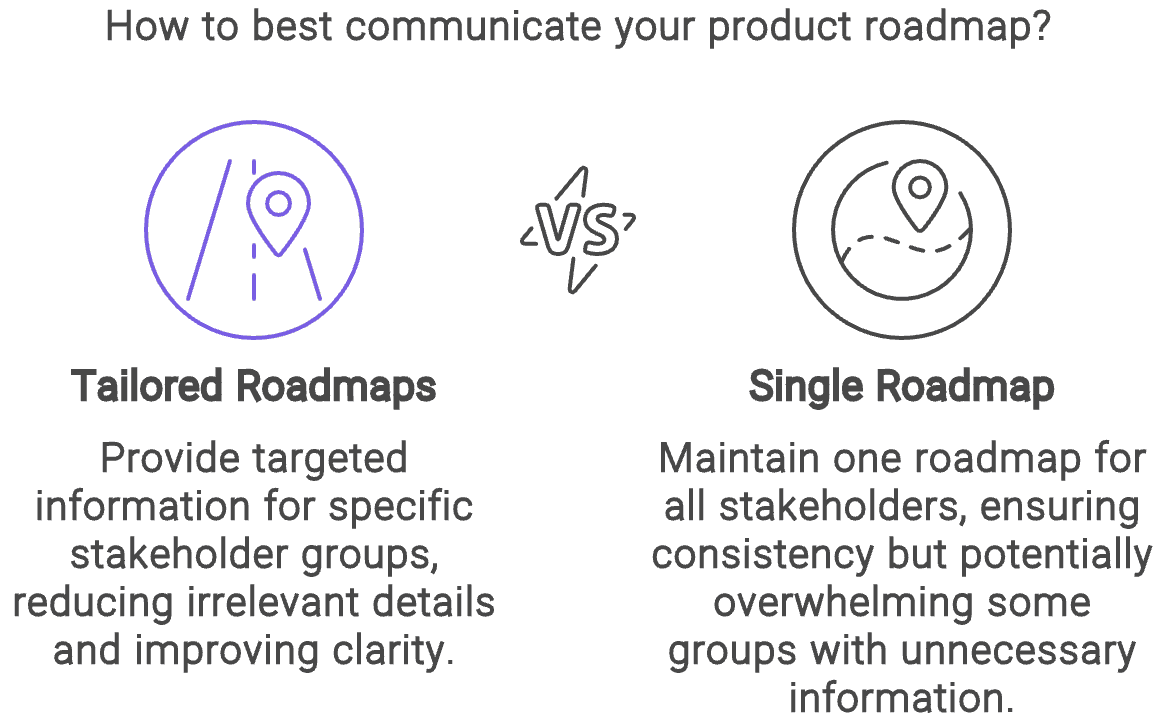
You don’t have to maintain each roadmap individually either; the views update dynamically. When you make a change to one Jira issue, it’s automatically reflected in all views. This dynamic updating ensures everyone sees the most current information without extra effort on your part.
Providing self-service roadmaps can also cut down on interruptions. When stakeholders have a link to their tailored roadmap, they’ll know where to find the information they need and how to read it. This practice reduces the constant “when is feature X going to be available?” questions and keeps everyone informed.
Creating your public Jira roadmap
Customizing your roadmap ensures that it meets the needs of your audience and accurately reflects your project’s progress. Building a dedicated view also ensures that you don’t accidentally publish confidential information. Here’s how you can make the most out of Released’s customization features:
Single or multi-project
Your roadmap can display issues from multiple Jira projects. This is useful if your work spans several teams or projects. To include issues from specific projects, simply add those projects to the linked projects within the portal’s configuration. This way, you consolidate efforts across various teams into a single cohesive view.
Filtering options
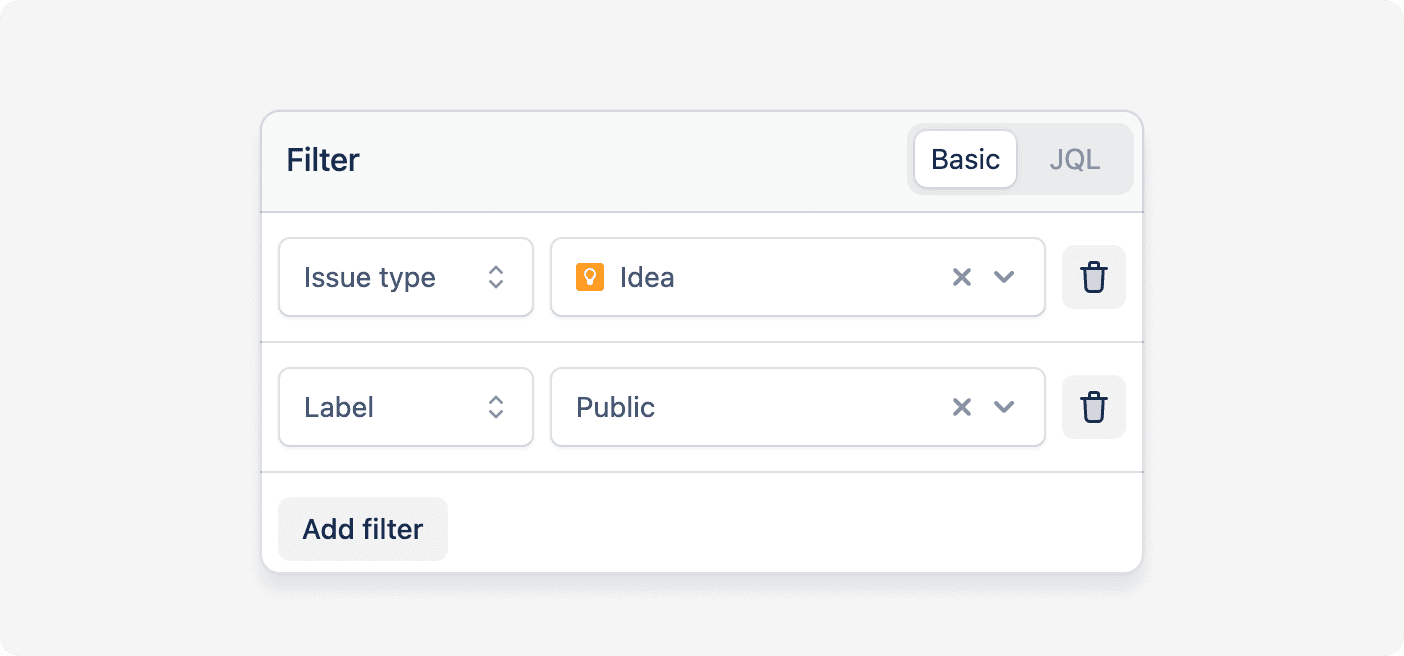
Filters help you refine which issues appear on your roadmap. You can apply basic filters such as issue type or labels, or use Jira Query Language (JQL) for more advanced filtering. This ensures that only relevant tasks and milestones are visible, making your roadmap clear and focused.
Column mapping
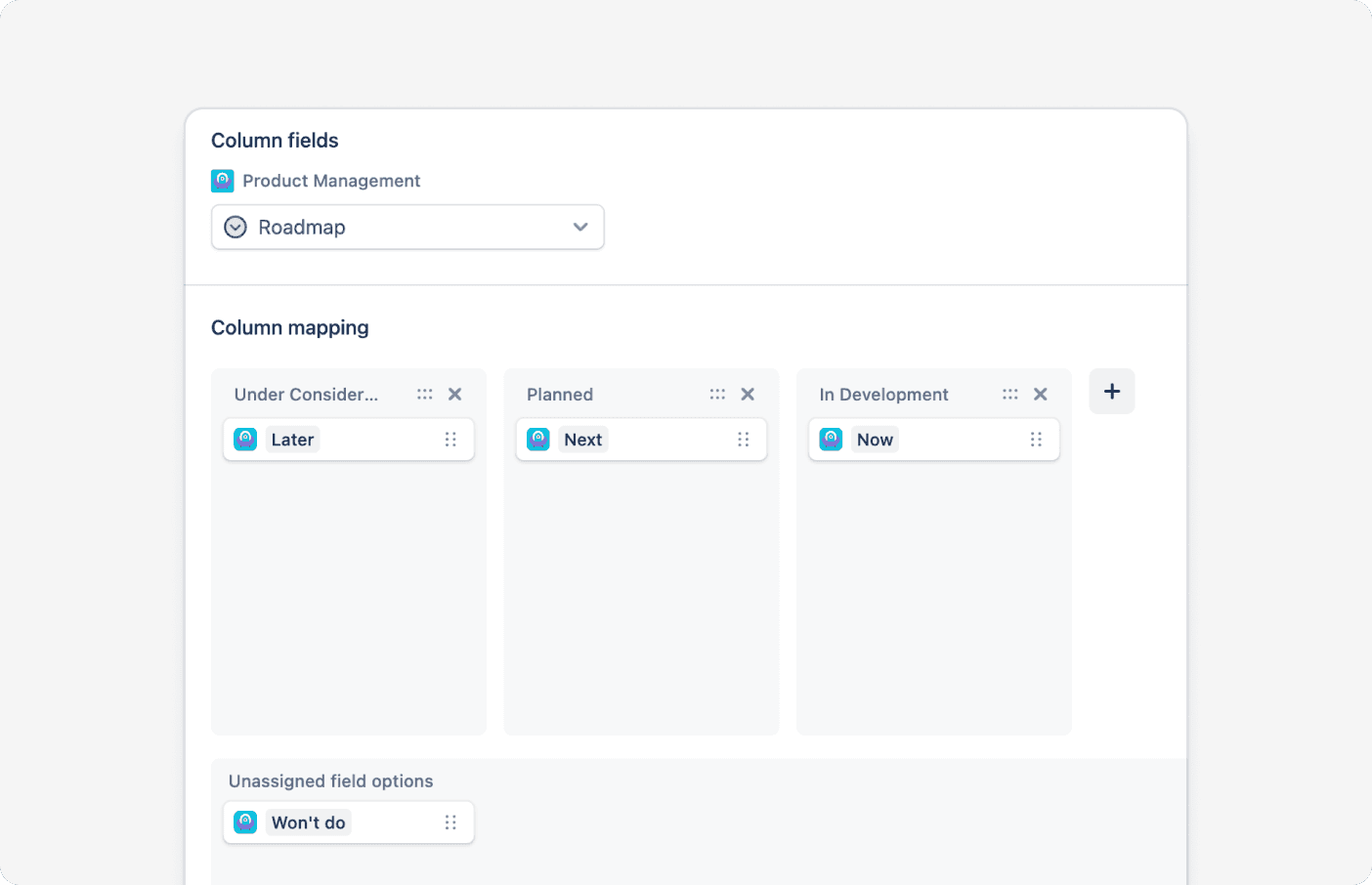
Whether you want to share an outcome-based roadmap, a Now/Next/Later roadmap, or a time-based roadmap divided into quarters, mapping issues to columns based on their status or other field options helps organize your roadmap efficiently. Map by status, team, quarters, priority, or any other criteria that make sense for your project and the audience you want to communicate to.
Select Display Options.
Click Edit Columns.
Choose the field to map for each project.
Drag and drop field options to the corresponding column.
Field configuration
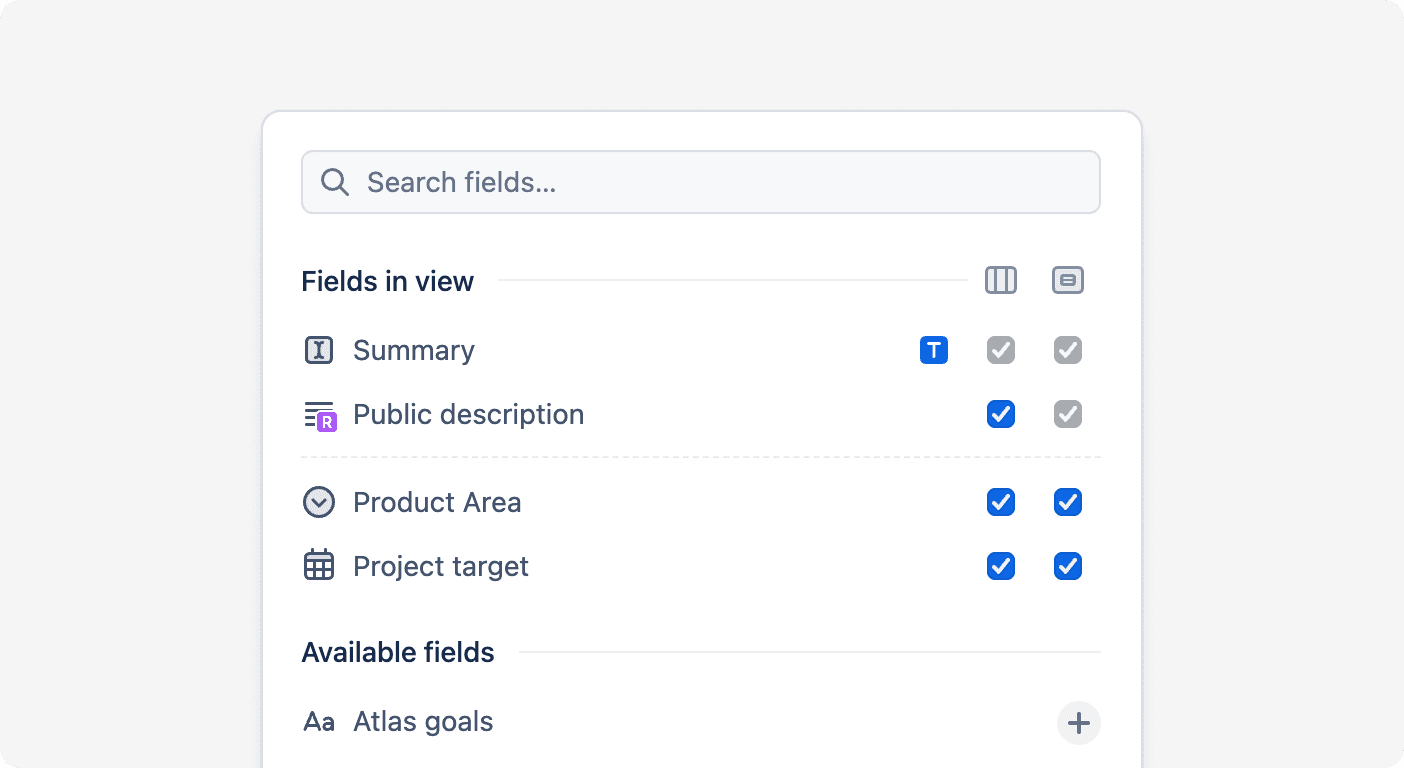
A clear story requires the right type of information. For internal stakeholders, include details like the team working on a feature or the planned delivery date. For customer communication, stick to fields like "Product area" or "Labels."
Released roadmaps support a variety of custom field types that can be displayed on the card or in the detail view. To add a field:
Click the + icon next to the field names in the Available Fields section.
By default, the field will appear both on the compact card and the detailed view.
Use checkboxes to show or hide fields in each respective view.
Public description
Internal descriptions often focus on implementation rather than outcomes. Tailor these descriptions to your audience and use media like images or videos to provide additional context where needed.
Publishing your roadmap
Jira Product Discovery’s roadmaps are always live. Any update to an issue becomes immediately visible to the public. This can be convenient but gives you less control over the story you want to tell as items change. It also risks publishing information not meant to be public.
With Released, you control exactly what gets published. The internal roadmap view updates like a regular Jira roadmap, but with a single click, you can publish a snapshot.
In Summary…
Public Jira Roadmaps offer transparency and keep everyone on the same page.
Avoid clutter and ensure clarity to make your roadmap effective.
Tailor your roadmap to your audience and keep it updated.
Use tools and permissions wisely to share your roadmap securely.
Customize your roadmap using linked projects, filtering, column mapping, and field configuration to meet specific needs.
Creating a a good public Jira roadmap is, but with these guidelines, you’ll be able to present your project’s journey clearly and engagingly. Take advantage of the customization options available to make your roadmap as informative and user-friendly as possible. With a well-crafted public Jira roadmap, you can keep stakeholders informed, manage expectations, and highlight the progress and future direction of your projects.



